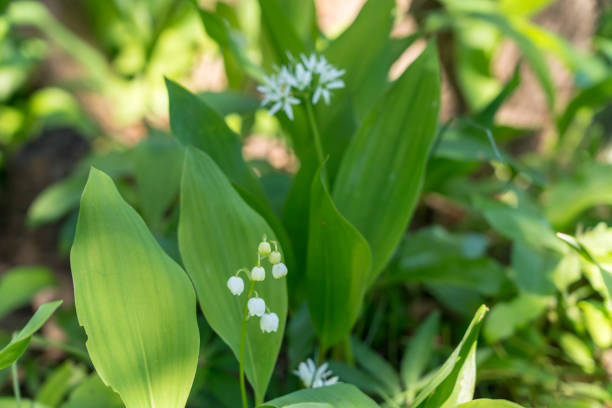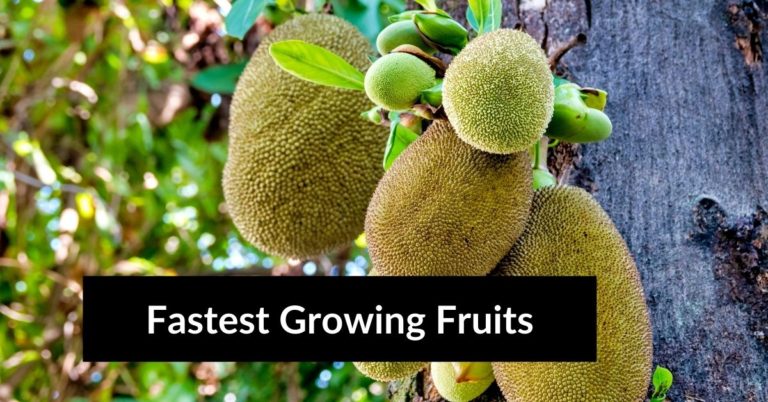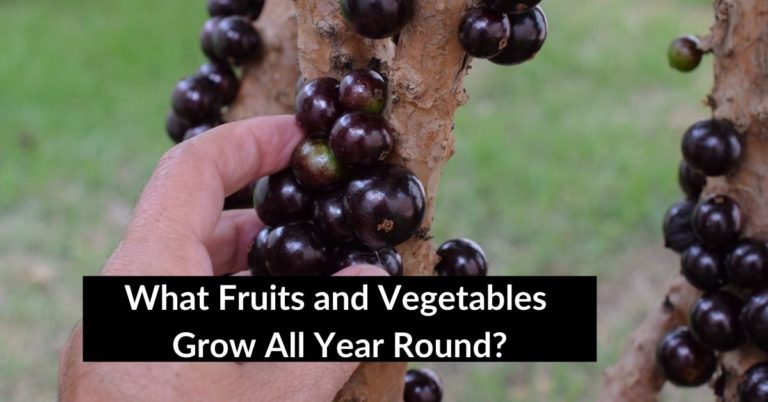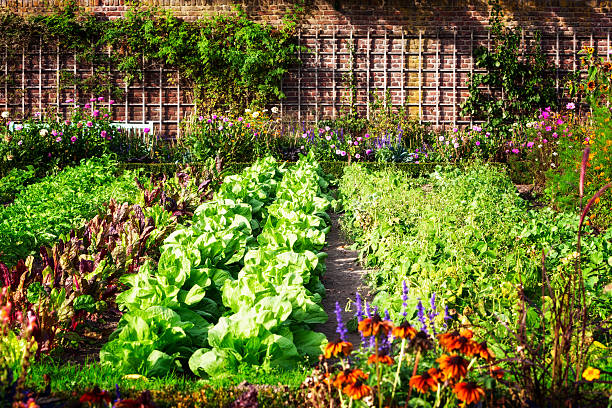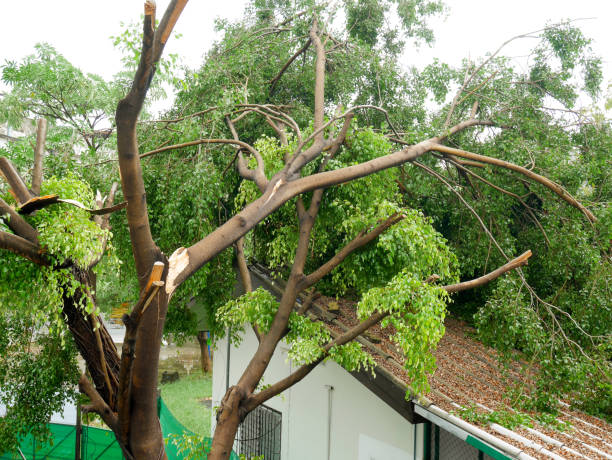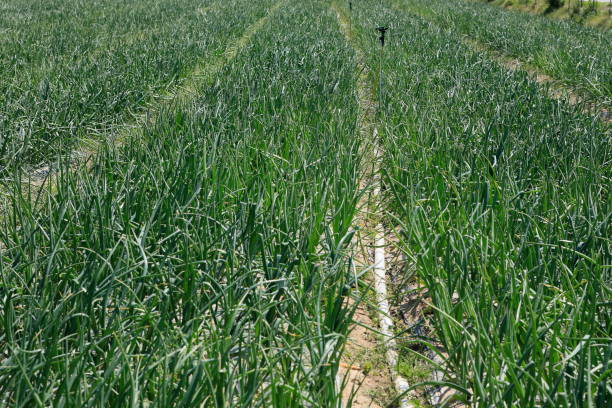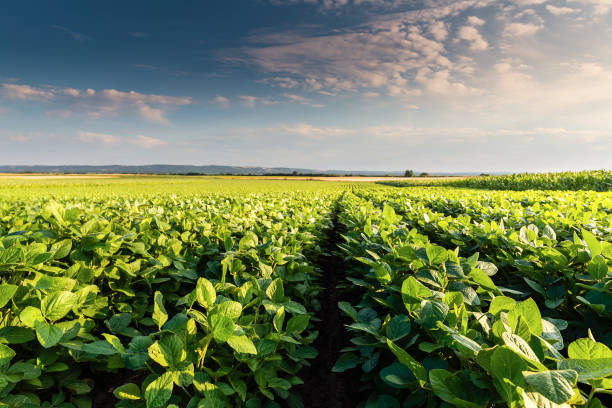Are Wild Onions in Yard Edible?
This post contains affiliate links. This means I will make a commission at no extra cost to you should you click through and make a purchase. Read the full disclosure here.
Wild onions (Allium spp.) are often found growing in yards and other outdoor areas, presenting an intriguing opportunity to explore their edibility and potential culinary uses. This article will delve into the world of wild onions, guiding you on how to identify them, assess their edibility, and incorporate them into your cooking. By the end, you’ll have a better understanding of whether the wild onions in your yard are edible and how you can make the most of them.
Introduction
Many homeowners come across wild onions while tending to their yards, and the question of their edibility naturally arises. Wild onions belong to the Allium family, which also includes common onions, garlic, and chives. While the appearance of wild onions may vary, they generally possess long, tubular leaves with a distinct onion-like aroma.
What are Wild Onions?
Wild onions are wild-growing plants that can be found in various regions across the world. They are known for their pungent smell and onion-like flavor. These plants often emerge in early spring and can thrive in diverse environments, including meadows, forests, and even urban landscapes.
Identifying Wild Onions in Your Yard
To identify wild onions in your yard, look for long, slender leaves that resemble grass. These leaves usually have a rounded or flat shape and grow from a bulb beneath the ground. When the plant matures, it may produce small white or pink flowers atop a tall stem. However, it’s essential to exercise caution and accurately identify wild onions, as some look-alike plants can be poisonous.
Edibility of Wild Onions
Wild onions are generally safe to eat and can be a delightful addition to your culinary endeavors. However, it’s crucial to ensure that you correctly identify the plant and distinguish it from similar-looking toxic plants. If you’re uncertain about the plant’s identification, consult a local plant expert or avoid consuming it altogether.
Safety Precautions
- Always positively identify wild onions before consumption.
- Avoid consuming wild onions that exhibit signs of decay or spoilage.
- Do not eat wild onions growing near roadsides or in areas exposed to pollutants.
- If you have allergies or sensitivities to onions or related plants, exercise caution or avoid consumption altogether.
Nutritional Value of Wild Onions
Wild onions boast a range of nutritional benefits, making them an excellent addition to your diet. They are rich in vitamins A and C, as well as minerals like potassium and calcium. Additionally, wild onions contain antioxidants and flavonoids that contribute to overall health and well-being.
Culinary Uses of Wild Onions
The distinct flavor of wild onions adds depth and zest to various culinary creations. You can use them as a flavorful ingredient in salads, soups, stews, stir-fries, and omelets. The leaves and bulbs can be chopped and used raw or cooked, depending on your preference and the dish you’re preparing.
Harvesting Wild Onions
When harvesting wild onions, ensure you have correctly identified the plant and are in an area free from chemical treatments. Gently dig around the base of the plant to loosen the soil and extract the bulb and roots. Be mindful of preserving the plant’s natural habitat and only harvest what you intend to use.
Cooking with Wild Onions
Cooking with wild onions is a delightful way to explore their flavor. You can use the bulbs and leaves interchangeably in most recipes, incorporating them into dishes where you would typically use regular onions or garlic. Sauteeing, roasting, or grilling wild onions can enhance their taste and bring out their aromatic qualities.
Recipes with Wild Onions
- Wild Onion and Potato Soup
- Grilled Wild Onions with Balsamic Glaze
- Wild Onion and Goat Cheese Omelet
- Roasted Vegetables with Wild Onions
Storing and Preserving Wild Onions
To store wild onions, gently wash them, remove any dirt or debris, and dry thoroughly. Place them in a breathable container, such as a paper bag, and store them in the refrigerator. It’s best to use wild onions within a week to preserve their flavor and nutritional value. Alternatively, you can chop and freeze wild onions for later use.
Benefits of Incorporating Wild Onions into Your Diet
Incorporating wild onions into your diet offers several benefits. They can add a burst of flavor to your meals while providing essential nutrients. Moreover, wild onions contain compounds that may offer antioxidant, anti-inflammatory, and antimicrobial properties, contributing to overall health and well-being.
Risks and Considerations
While wild onions are generally safe to consume, certain risks and considerations should be kept in mind:
- Misidentification: Ensure accurate identification to avoid consuming toxic look-alike plants.
- Allergies: Some individuals may be allergic to wild onions or related plants, causing adverse reactions.
- Location: Avoid harvesting wild onions from areas exposed to pollution or chemical treatments.
Frequently Asked Questions (FAQs)
Can all wild onions be eaten?
Not all wild onions are suitable for consumption. Proper identification is crucial to distinguish edible wild onions from potentially toxic plants.
Are wild onions the same as regular onions?
While wild onions and regular onions belong to the same Allium family, they differ in appearance and growth patterns. Wild onions often have smaller bulbs and more delicate leaves compared to cultivated onions.
How do I differentiate wild onions from poisonous plants?
Careful observation and accurate identification are essential to differentiate wild onions from toxic look-alike plants. Consult a local plant expert or field guide for assistance if you’re uncertain.
Are wild onions good for the immune system?
Wild onions contain antioxidants and nutrients that can contribute to a healthy immune system when consumed as part of a balanced diet.
Can I grow wild onions in my garden?
It is possible to cultivate wild onions in your garden by using bulbs or seeds obtained from reputable sources. However, keep in mind that wild onions may have specific growth requirements and may not thrive in all garden settings.
Final Thoughts
In conclusion, wild onions found in your yard can indeed be edible and offer a delightful addition to your culinary repertoire. However, proper identification is crucial to ensure your safety. Wild onions are not only flavorsome but also bring nutritional benefits to your meals. Remember to exercise caution when foraging and harvesting wild onions, and consult experts or reliable resources to ensure proper identification.

